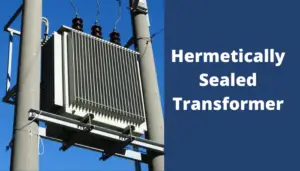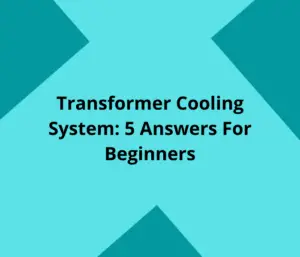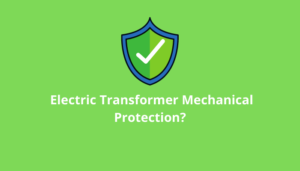There are broadly six types of transformers:
- Core Type
- Shell Type
- Step-Up
- Step-Down
- Air-Cooled
- Oil-Immersed
Table of Contents
1. Based on Construction:
Core Type Transformer: The core-type transformer consists of two windings, primary and secondary, which are wound around the core. The windings are usually arranged concentrically around the core legs. This type of transformer is widely used for high-voltage applications.
Shell-Type Transformer: In shell-type transformers, the core surrounds the windings. The primary and secondary windings are placed on the central limb, and the magnetic flux flows around the windings. Shell-type transformers are commonly used for distribution purposes and have better short-circuit strength.
2. Based on Voltage Level:
Step-Up Transformer: Step-up transformers increase the voltage from the primary winding to the secondary winding. These transformers are essential for transmitting electricity efficiently over long distances, reducing energy losses during transmission.
Step-Down Transformer: Step-down transformers decrease the voltage from the primary winding to the secondary winding. They are used to bring high-voltage electricity to a safe level for domestic and commercial usage.
Read my comprehensive article: What are Step-up and Step-Down transformers?
3. Based on Cooling Medium:
Air-Cooled Transformer: Air-cooled transformers dissipate heat generated during operation through natural or forced air circulation. They are commonly used in applications where oil may not be desirable or feasible, such as in indoor settings or sensitive environments.
Oil-Immersed Transformer: Oil-immersed transformers use oil as a cooling and insulation medium. The oil provides effective cooling and helps insulate the windings, ensuring the transformer operates at an optimal temperature. These transformers are commonly used for high-power applications.
Water-Cooled Transformer: Water-cooled transformers utilize water as a cooling medium to dissipate heat. They are typically used in applications where efficient heat dissipation is crucial, and other cooling methods may not be sufficient.
For more information read also my article: Transformer Cooling Methods
4. Based on Purpose:
Power Transformers: Power transformers are used in power generation and transmission systems to step up or down voltage levels as required for efficient distribution and consumption of electricity.
Distribution Transformers: Distribution transformers are responsible for the final voltage transformation in the electric power distribution system, ensuring the safe and efficient supply of electricity to end-users.
Instrument Transformers: Instrument transformers, such as potential transformers and current transformers, are used to measure voltage and current in high-voltage systems accurately, providing crucial information for monitoring and control.
Audio Transformers: Audio transformers are specialized transformers used in audio equipment to couple different audio signal stages while maintaining high fidelity and minimizing signal distortion.
Auto-Transformers: Auto-transformers are transformers with only one winding, serving as both the primary and secondary winding. They are used for applications where a variable voltage or a small voltage adjustment is required.
Isolation Transformers: Isolation transformers are designed to prevent the transmission of electrical noise between devices, providing electrical isolation and enhancing safety by isolating the powered device from the power source.
5. Based on Phase:
Single-Phase Transformer: Single-phase transformers are used in residential and small-scale commercial applications where power requirements are relatively low and where a three-phase power supply is not necessary.
Three-Phase Transformer: Three-phase transformers are used in industrial and high-power applications where a three-phase power supply is required to meet the higher power demands of large-scale machinery and equipment.
6. Special Types:
Variable Transformers: Variable transformers, also known as variacs, are used to provide variable AC voltage output. They find application in devices where adjustable voltage levels are required, such as in laboratory equipment and certain industrial machinery.
Pulse Transformers: Pulse transformers are specifically designed to transmit rectangular electrical pulses, commonly used in digital circuits and telecommunications applications for transmitting digital data.
RF Transformers: Radiofrequency (RF) transformers are used in radio frequency applications to match impedance levels and enable efficient transfer of radio frequency signals between different components.
Understanding the various types of transformers and their applications is crucial for selecting the right transformer for a specific electrical application, ensuring efficient power transmission, and maintaining the integrity of the electrical system.



